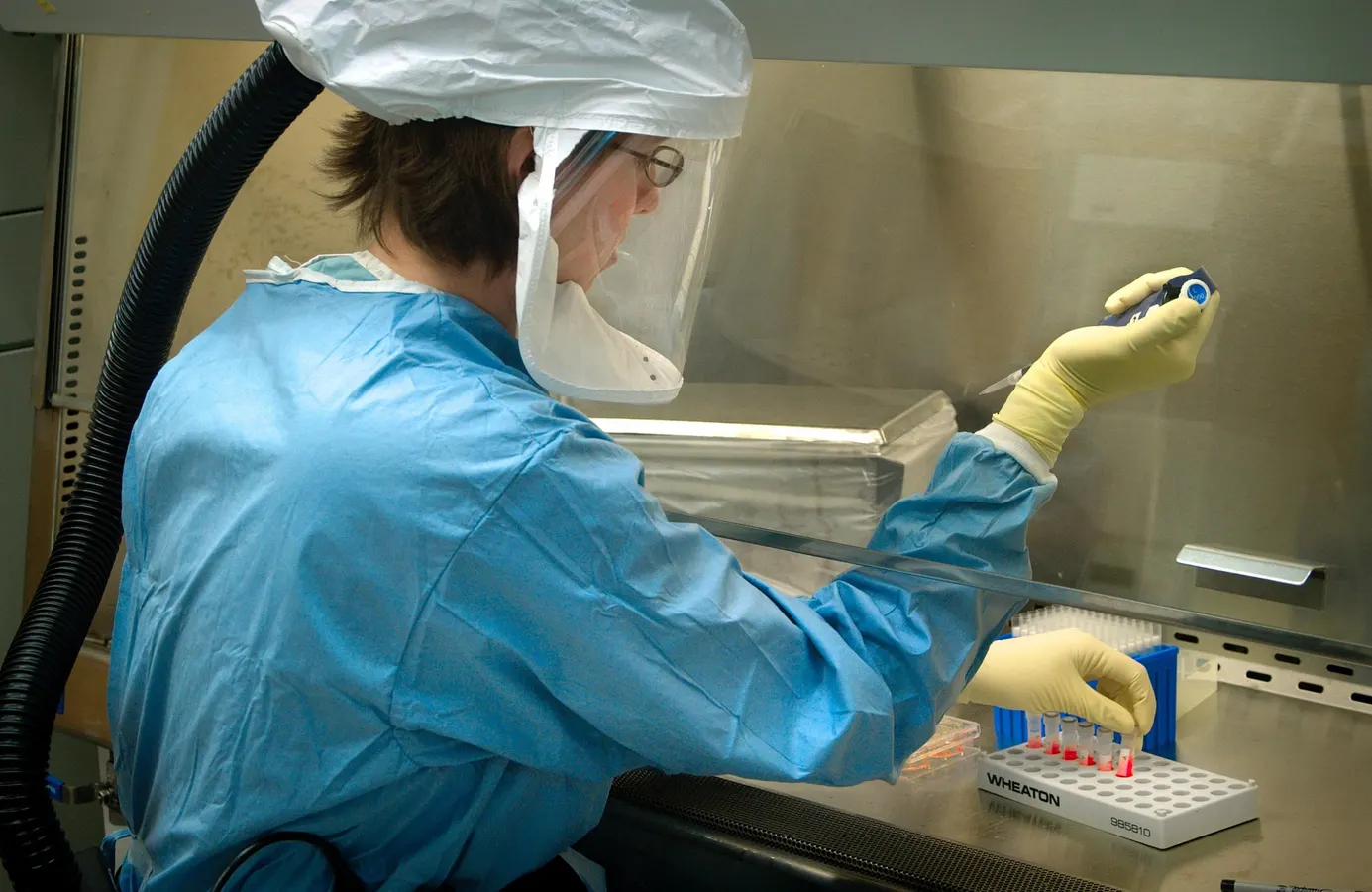By Contributor David Prosser
The tightly regulated life sciences sector needs specialisy AI solutions for content produciton
Getty Images
Generative artificial intelligence (GenAI) promises to transform the life sciences sector. But while excitement is understandably mounting about the potential to use the technology to develop new drugs and save lives, other uses of AI in the sector are often overlooked.
That’s despite the huge value on offer here. A recent study from the consultant McKinsey found that leaving aside clinical and R&D use cases for GenAI in the life sciences sector, the technology has the potential to produce more than $50 billion of value each year across the pharmaceutical industry value chain.
Medical writing is one significant part of that opportunity. The highly-regulated process of creating literature for regulators, healthcare professionals, patients and other key stakeholders is hugely costly for life sciences business. Research from Deloitte suggests that automating more of this process could reduce the workload of a medical writer by up to 30%, driving cost savings of up to $30 million a year for a large life sciences company. A survey published last year by the Regulatory Affairs Professionals Society found 57% of companies planned to invest in technology to support their medical writing workflows.
There’s also the potential to speed up the process of bringing new treatments to market, since getting regulatory approval for new drugs often depends on multiple submissions and reports. “One immediate area of opportunity for streamlining clinical trials is clinical and regulatory medical writing,” concluded the American Medical Writers Association in a recent paper. “GenAI has the potential to revolutionize medical writing by automating routine tasks, improving consistency and quality, and enabling faster turnaround times.”
Established life sciences industry players such as Parexel, Syneos Health and Trilogy are increasingly developing solutions that meet this need, but the sector is also home to a number of innovative new entrants.
MORE FOR YOU
LogicFlo AI is one such start-u. The Boston-based company is today announcing it has raised $2.7 million of seed funding from investors in order to scale its agentic AI business. The contention of co-founders Udith Vaidyanathan and Arun Ramakrishnan is that while AI can help life sciences businesses produce vital content and documentation more efficiently and cost-effectively, the highly specialised and regulated nature of the industry means it needs solutions that have been designed expressly for this purpose.
“The cost of an inaccuracy or omission in life sciences is potentially huge,” argues Vaidyanathan. “Generic AI tools aren’t reliable enough for these tasks and processes, and it’s also critical that every claim made in documentation is sourced so that it can be checked and verified.”
LogicFlo’s approach has therefore been to develop a set of AI agents that can interact with life science companies’ existing technologies – systems such as Veeva and IQVIA – in order to automate the creation of the content they need. Every piece of literature produced can then be checked by a human being, but staff no longer need to spend countless hours developing the documents from scratch in the first place.
“The life sciences industry is employing thousands of highly-qualified professionals who then have to spend huge amounts of their time on medical writing,” says Vaidyanathan, who saw this problem first-hand in his previous role supporting the CEO office at the global life sciences business Abbott. “If we can reduce that burden, we can free them up to do much more of the work they’re qualified for.”
LogicFlo founders Udith Vaidyanathan and Arun Ramakrishna
It’s a proposition that has already seen LogicFlo, founded last year, win a number of commercial customers, including a Fortune 500 life sciences business with around 10,000 professionals in functions such as medical affairs, quality, regulation and promotional content. “Traditional automation has failed life sciences because it’s too rigid, too brittle and too out of touch with how people actually work,” adds Ramakrishnan
In practice, LogicFlo’s technology can be used for a range of tasks where the stakes are particularly high, including medical literature writing, medical communications and information response, regulatory submissions and responses, and the production of a range of promotional and marketing materials. In each case, life sciences businesses are held to much higher standards than their counterparts in non-regulated industries and therefore need specialist tools to produce accurate and detailed material that stands up to close scrutiny.
It’s this differentiation that has attracted investors to LogicFlo, which plans to use its funding for recruitment and engineering. The round was led by Lightspeed with participation from a number of business angels from across the healthcare and life sciences sector. “LogicFlo’s AI agent platform empowers medical affairs and commercial teams to build agentic workflows across diverse use cases, dramatically boosting productivity,” says Rohil Bagga, VP of investments at Lightspeed.
There’s certainly plenty of market to go at. The market for AI In medical writing was worth $685 million last year, according to Credence Research, but will grow to $1.58 billion by 2032, it estimates. That’s growth of around 11% a year – likely enticing enough to attract more new entrants to the sector in the coming months and years.
Editorial StandardsReprints & Permissions
